Understanding Electrical Switches: Choosing the Right Type for Your Home Needs
When it comes to modern home automation and energy management, understanding electrical switches is crucial for optimizing functionality and safety. According to a report by the NEMA, the demand for advanced electrical switches has increased by over 30% in the last five years, highlighting a shifting consumer preference towards smart and efficient home solutions. With numerous options available—ranging from traditional toggle switches to sophisticated smart home systems—choosing the right type of electrical switch can significantly impact energy consumption and user experience.
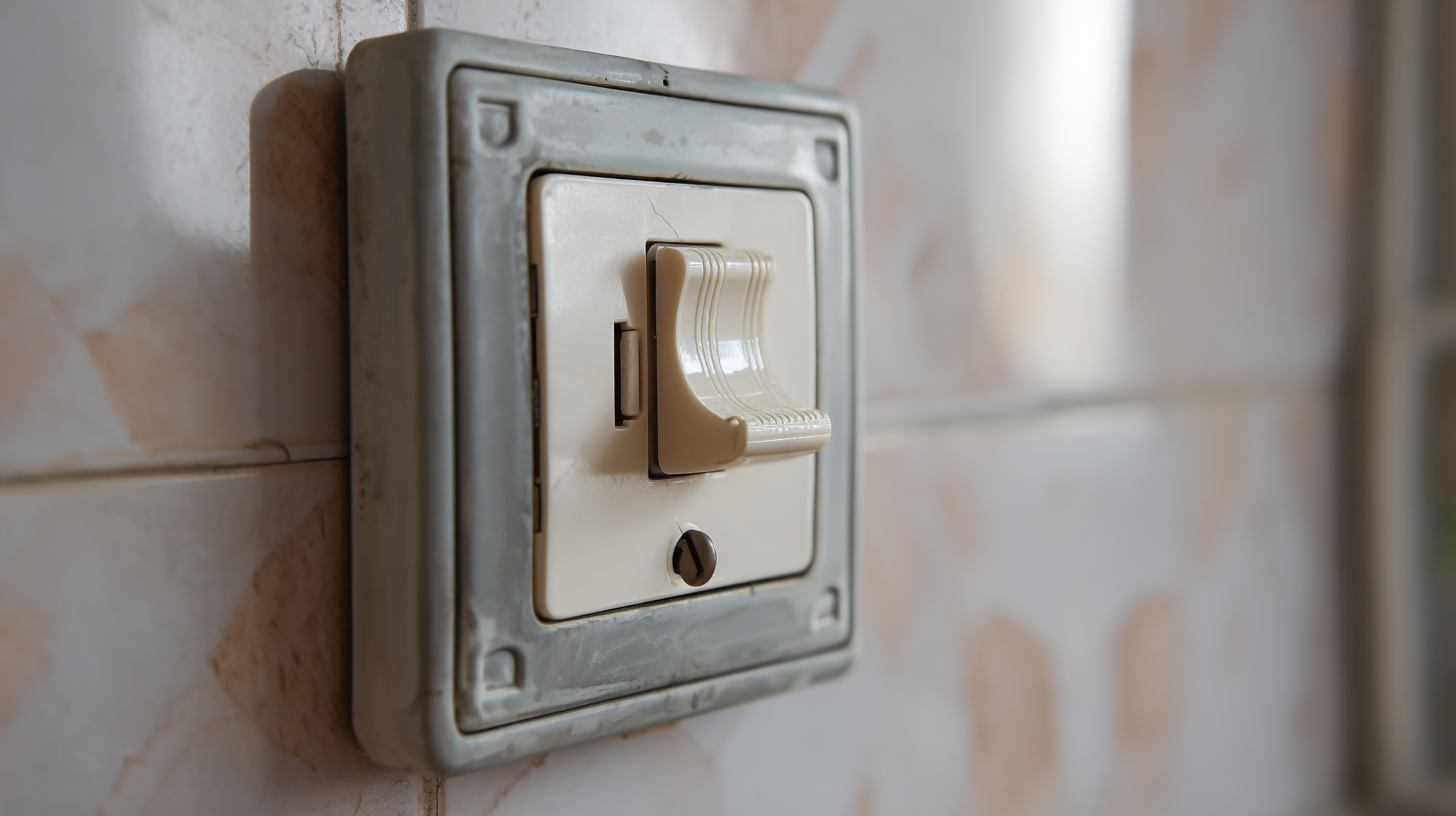
As homeowners increasingly seek to integrate technology for convenience and sustainability, knowing the various types of electrical switches and their features becomes imperative. In this guide, we will explore the different types of electrical switches and provide insights to help you select the best option to meet your specific home needs.
Types of Electrical Switches: A Comprehensive Overview for Homeowners
When choosing the right electrical switches for your home, it's essential to understand the various types available. Common options include toggle switches, rocker switches, dimmer switches, and smart switches. Toggle switches are the standard buttons found in most homes, ideal for simple on/off operations. Rocker switches offer a modern look and are easy to operate, while dimmer switches allow for greater control over lighting intensity, creating the perfect ambiance. Smart switches, linked to your home network, provide convenience and control right from your smartphone or through voice commands.
**Tips:** When selecting switches, consider the functionality you need. For frequently used lights, a toggle or rocker switch may suffice, but for areas where you want to adjust lighting or integrate smart technology, think about investing in dimmers or smart switches. Additionally, consider the installation process; some switches may require professional installation to ensure safety and compliance with electrical codes. Always prioritize quality and compatibility with your home’s wiring to avoid issues down the road.
Understanding Electrical Switches: Choosing the Right Type for Your Home Needs
| Type of Switch | Description | Best Use Cases | Average Cost |
|---|---|---|---|
| Single Pole Switch | A switch that controls a light or a set of lights from one location. | Most common in homes for single fixture control. | $3 - $10 |
| Three-Way Switch | A switch that allows you to control a light from two different locations. | Hallways or large rooms with multiple entry points. | $5 - $15 |
| Four-Way Switch | Used in conjunction with two three-way switches to control a light from three or more locations. | Larger areas where lights need to be controlled from multiple points. | $10 - $25 |
| Dimmer Switch | Allows you to adjust the brightness of the light fixture. | Living rooms, bedrooms, or dining areas for ambiance. | $15 - $50 |
| Smart Switch | A switch that can be controlled via smartphone apps or voice commands. | Modern homes with smart home systems. | $20 - $60 |
| Toggle Switch | A traditional switch mechanism that flips up and down to open or close the circuit. | General use in both indoor and outdoor lighting. | $2 - $8 |
Key Factors to Consider When Choosing Electrical Switches
When selecting electrical switches for home requirements, it's essential to consider several key factors that can influence functionality, safety, and aesthetics. First and foremost, the type of switch you choose should correspond to the specific application, whether it’s for standard lighting, dimming functions, or smart home automation. Understanding the compatibility with existing wiring and voltage ratings is critical to ensure optimal performance. Additionally, the physical design and finish of switches can significantly impact the overall look of a room, so considering styles that blend seamlessly with your home decor is advisable.
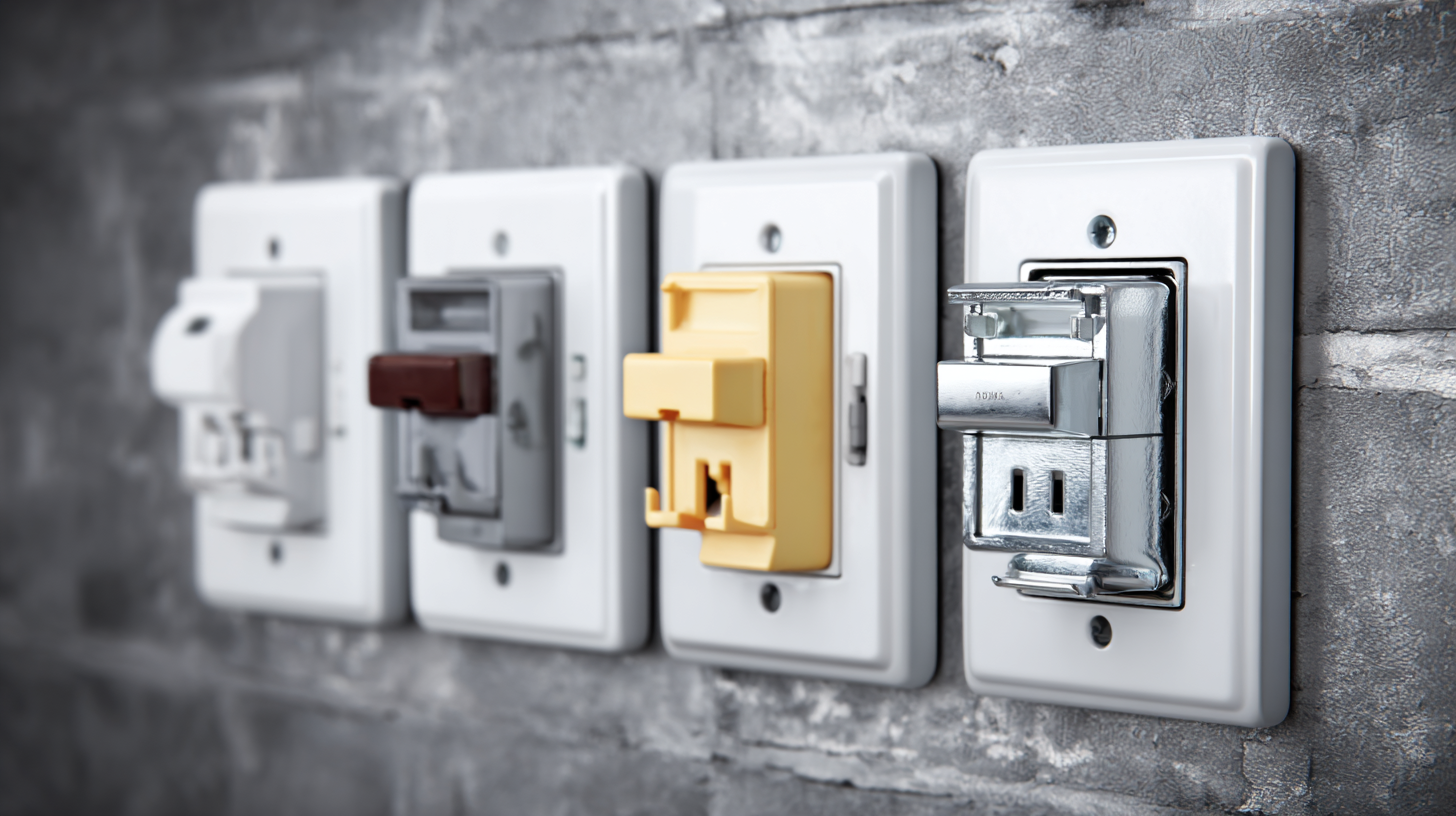
Safety features such as surge protection and child-proof designs are also paramount in the decision-making process. Furthermore, the projected growth in the electrical switch market, expected to reach $53.957 billion by 2025, illustrates the increasing innovation and diversity of options available to consumers. As the market for data center transfer switches expands, understanding the specific needs of your home while staying informed on industry trends will help in making an informed choice. By weighing these factors, homeowners can select switches that enhance both the functionality and safety of their living spaces.
Tips for Installing Electrical Switches Safely and Effectively
When it comes to installing electrical switches, safety and effectiveness should be your top priorities. According to the National Fire Protection Association (NFPA), electrical failures account for approximately 10% of all residential fires. This statistic underscores the importance of using quality materials and adhering to proper installation protocols. It’s crucial to make sure the switch you choose is rated for the specific load it will carry to prevent overheating and potential hazards.
Before installation, ensure that you turn off the power at the circuit breaker to minimize the risk of electric shock. The Electrical Safety Foundation International (ESFI) emphasizes the need for proper grounding and bonding, which can significantly decrease the likelihood of electrical shock. Additionally, the ESFI recommends testing your switches regularly to ensure functionality and safety. Utilizing tools such as multimeters can help verify that the switches are operating correctly before installation. By following these guidelines, you can achieve a safe and effective electrical switch installation that meets your home's needs.
The Importance of Switch Ratings: What Homeowners Need to Know
When selecting electrical switches for home use, understanding switch ratings is crucial for ensuring safety and functionality. The National Electric Code (NEC) emphasizes that switches must be rated according to the specific electrical load they will manage. The ratings are typically expressed in amps and volts, with common household switches rated at 15A/120V or 20A/120V. According to the Electrical Safety Foundation International (ESFI), using a switch that does not meet the load requirements can lead to overheating and potentially cause electrical fires, emphasizing the need for adherence to these ratings.
In addition, the American National Standards Institute (ANSI) provides guidelines regarding the durability and operational reliability of switches. Switches are often tested for the number of on/off cycles they can withstand—standard models may offer 10,000 cycles, while commercial-grade options can exceed 20,000 cycles. Homeowners should consider this when choosing switches for high-usage areas, such as kitchens and living rooms. By selecting well-rated switches that align with their electrical system, homeowners can achieve both safety and efficiency, ultimately enhancing their living environments.
Smart Switches vs. Conventional Switches: Pros and Cons
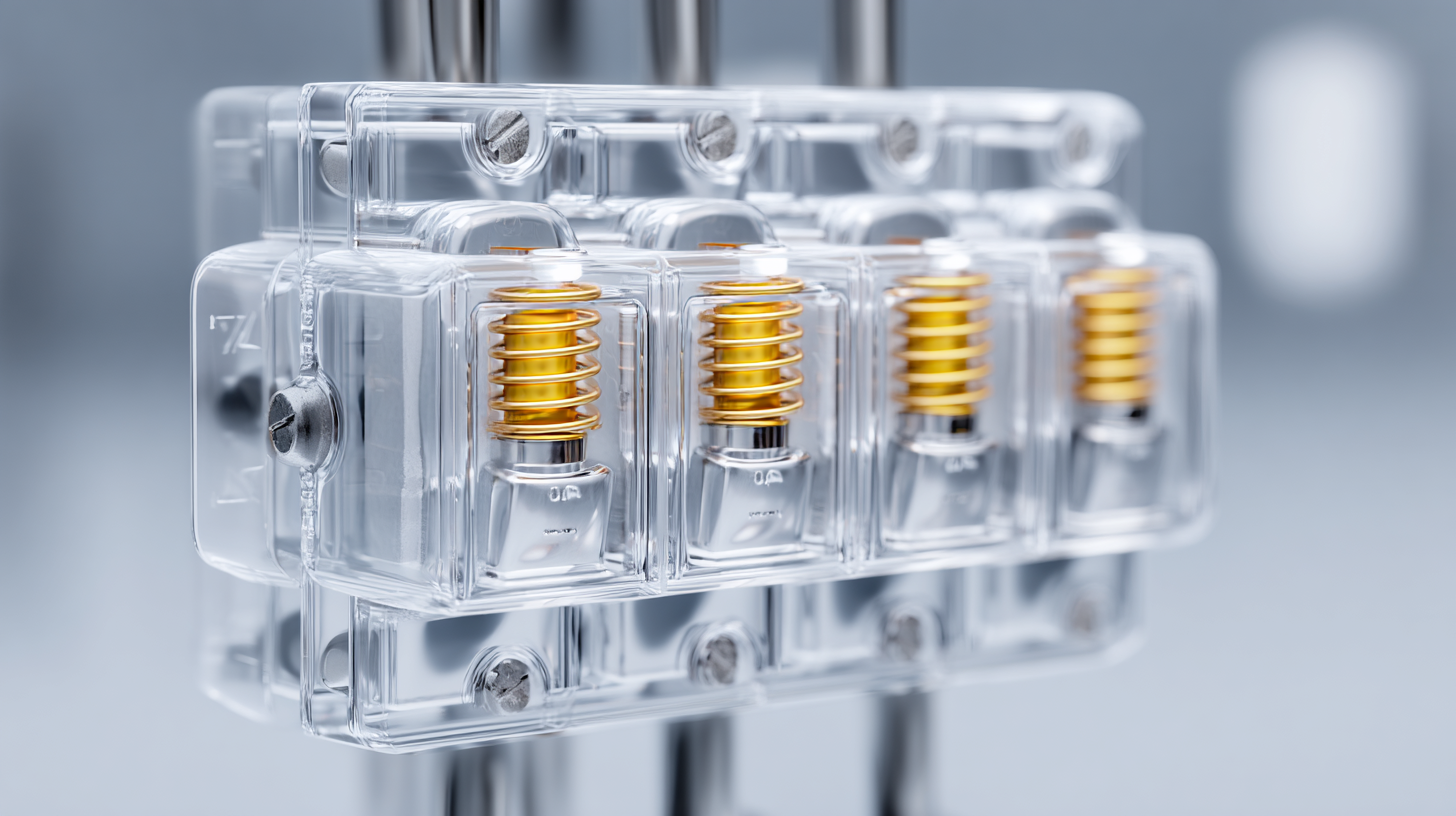 When selecting electrical switches for your home, understanding the distinctions between
smart switches and
conventional switches is crucial.
Smart switches provide
advanced features like remote control via smartphone apps,
voice activation, and
integration with smart home ecosystems.
These attributes offer convenience and flexibility, allowing users to manage their home lighting from
anywhere, schedule lights, and even adjust settings based on their routines.
However, the complexity and higher cost of smart switches might deter those who prefer
straightforward solutions.
When selecting electrical switches for your home, understanding the distinctions between
smart switches and
conventional switches is crucial.
Smart switches provide
advanced features like remote control via smartphone apps,
voice activation, and
integration with smart home ecosystems.
These attributes offer convenience and flexibility, allowing users to manage their home lighting from
anywhere, schedule lights, and even adjust settings based on their routines.
However, the complexity and higher cost of smart switches might deter those who prefer
straightforward solutions.
On the other hand, conventional switches, while simpler, provide
reliability and
ease of use. They are generally more affordable and require minimal installation effort.
Conventional switches allow direct control of lighting without the need for apps or smart devices,
making them ideal for individuals who seek a hassle-free approach.
However, they lack the advanced functionalities that many homeowners are beginning to appreciate.
Ultimately, the right choice between smart and conventional switches will depend on your specific preferences,
lifestyle, and budget considerations.
Related Posts
-

Top Strategies for Maximizing Efficiency with Electrical Switch Innovations
-
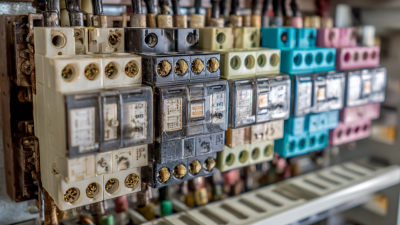
How to Choose the Right Circuit Breakers for Your Electrical System Needs
-

Essential Guide to Optimizing Industrial Motors with 3 Phase Soft Starters
-

How to Choose the Right Circuit Breakers for Your Home and Business Needs
-
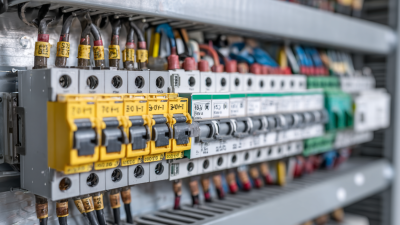
9 Essential Tips for Maintaining Your Electrical Breakers
-

Exploring the Future: Motor Starters at the 138th Canton Fair 2025 and Industry Trends
